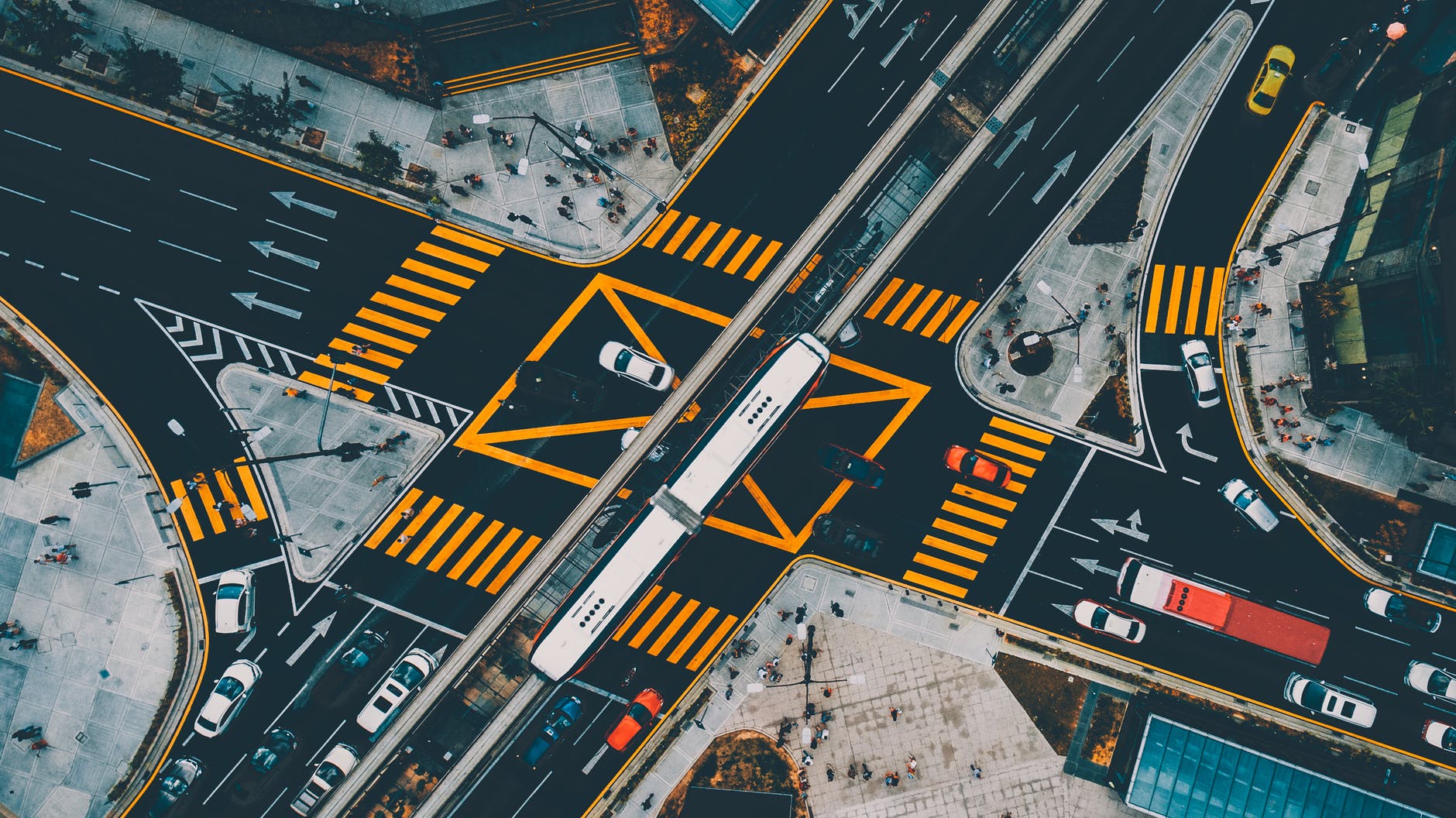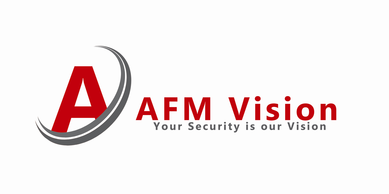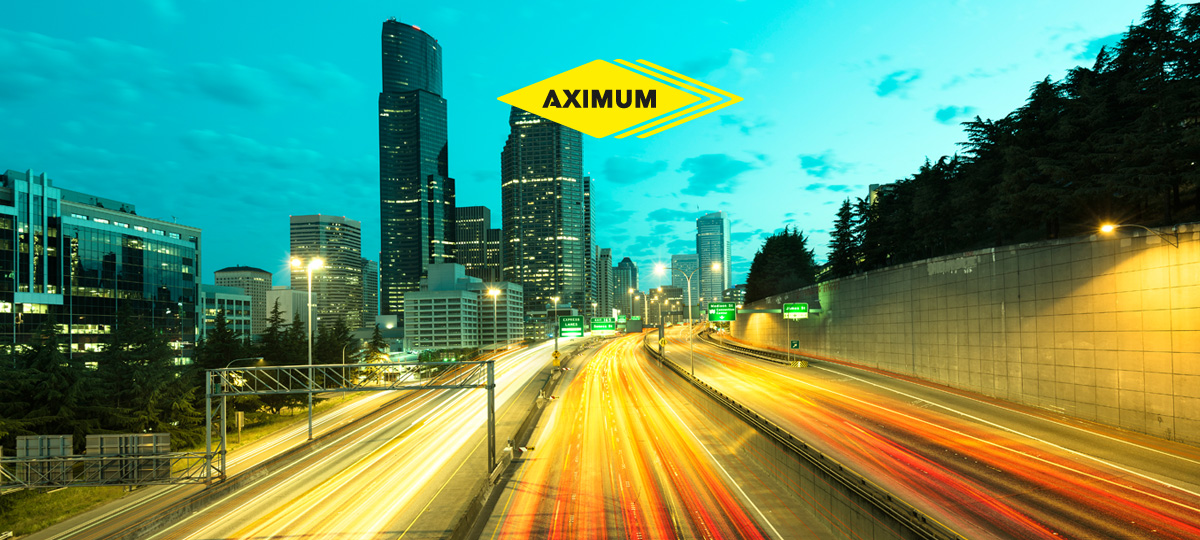Intelligent Transportation Systems (ITS)

Intelligent Transportation Systems
Intelligent Transportation Systems (ITS) combine many different types of information and communications technology to create a network of systems that help manage traffic, protect roads and more. As more and more parts of our transportation network become networked, ITS will change the way drivers, businesses and governments deal with road transport. These advanced systems can help improve transportation in several ways.
Traffic control System
Existing centralized traffic control systems go some way toward alleviating traffic congestion and ensuring the smooth flow of vehicles through a road network. Intelligent transportation systems, however, allow traffic lights to respond to changing patterns themselves. Adaptive traffic light systems create smart intersections that control traffic in response to the patterns they observe among the vehicles using them. They can also prioritize specific forms of traffic, such as emergency vehicles or public transit. Large numbers of adaptive intersections working together produce a system in which lights change in response to traffic patterns rather than on a fixed schedule, reducing weight times and keeping traffic moving smoothly.


Traffic Light Systems
Traffic light systems are often centralized. Controllers measure individual lights to assess how traffic should flow.
The problem with this traditional approach is that it tends to be inefficient. Even solutions that give priority to public and emergency transportation tends to fall short. This is because one key flaw remains with these systems: the control is centralized.
Adaptive traffic control represents a new way to direct traffic. It can measure the traffic at one intersection before communicating to the next how the traffic should flow. This leads to smoother, more productive traffic control that leads to fewer traffic jams.











